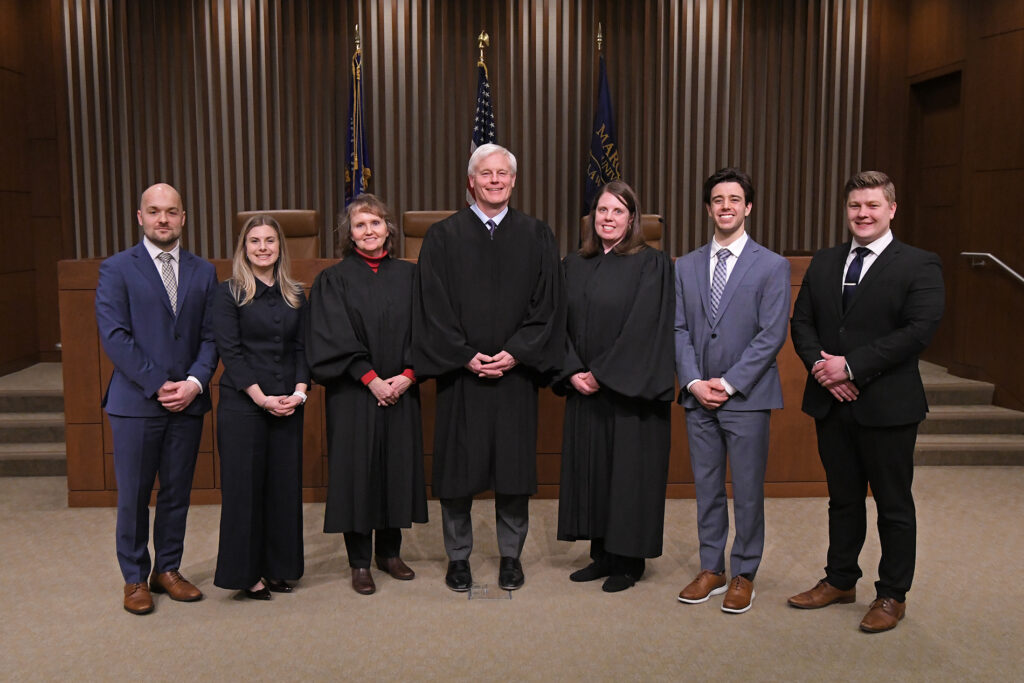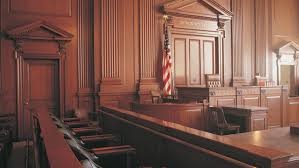Effective Appellate Advocacy: Advice from the Bench (Seventh Circuit Day, Part 2)

What constitutes effective appellate advocacy? As part of Seventh Circuit Day in Eckstein Hall on September 25, 2025, Marquette Law School students heard answers firsthand from a group of judges of the U.S. Court of Appeals for the Seventh Circuit. These were Chief Judge Diane S. Sykes and Judges Frank H. Easterbrook, Michael B. Brennan, and Michael Y. Scudder. (Judge Brennan became chief judge a few days later, on October 1, upon Judge Sykes’s taking senior status.) Earlier in the day, students attended oral arguments before the court in the Law School’s Lubar Center, as described by Dean Kearney in the first of this series of blog posts. Those attending the midafternoon Q&A session, moderated by Professor Anne Berleman Kearney, were primarily upper-level students taking Appellate Writing and Advocacy.
Chief Judge Sykes started the discussion by stating that briefs are 95 percent of persuasive advocacy on appeal. Oral argument then amplifies, tests, and probes the strengths and weaknesses of the parties’ arguments. First, regarding the factual history in a brief: tell the facts in a story form. Make the factual narrative efficient, readable, and quickly understandable. Judges are generalists who need to ramp up quickly on the facts and procedural history. The facts should read like a good magazine article. Second, regarding the argument: select issues carefully. Pick the most salient issues. Present a well-organized package for pivot points that may be decisive. Help a court understand why the rule advocated for is the right one.


